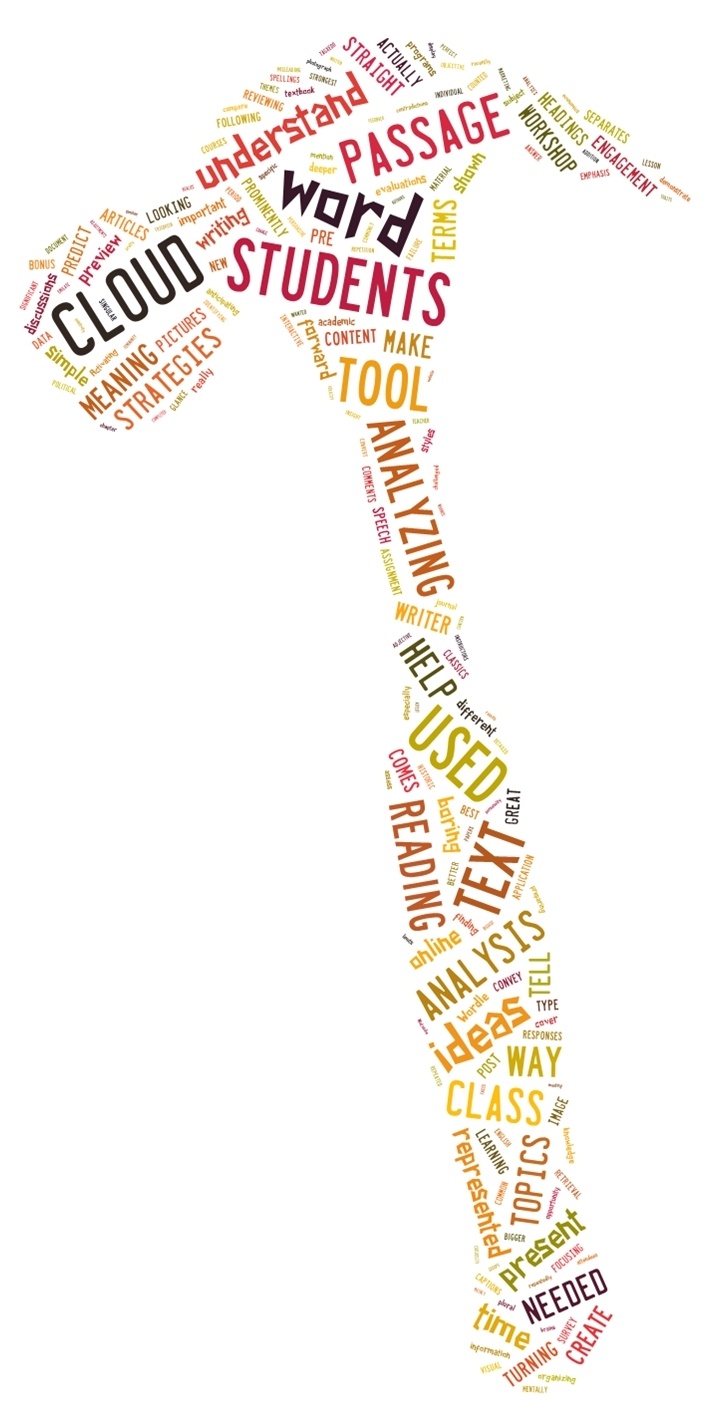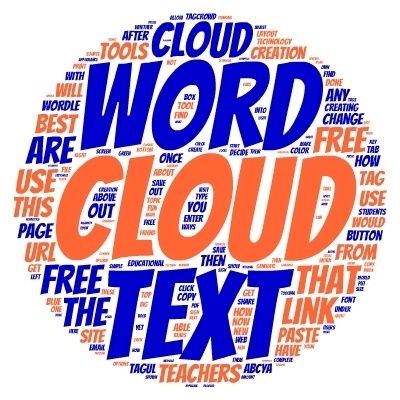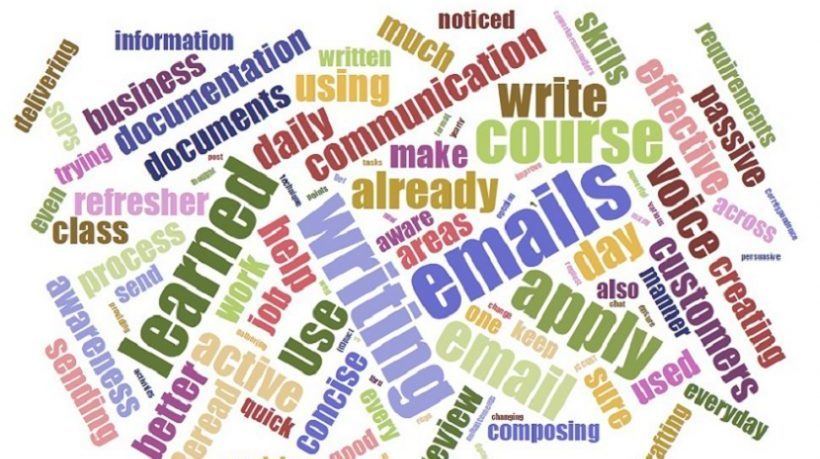How To Use Word Clouds in Education
Pre-reading ideas:
A common pre-reading strategy to help students engage the content of a passage, especially from a textbook, is to skim through the headings, pictures, captions, and other organizing information before reading the actual text. Activating prior knowledge about a subject and anticipating the content helps students understand how to frame the material as they read it, which means better understanding and retrieval later. A word cloud’s simple visual emphasis on the most-used terms will give your students a quick preview, which is a great help for passages from journal articles or literature, where there are no headings or pictures to use as a guide.
To make using word clouds more of an interactive engagement for your students, you could show a word cloud and see if they can predict what historic document it represents. Or tell students that you will be analyzing a specific 1960’s political speech, and have them predict what the word cloud will look like. Show a word cloud and have them vote on whether they think it is a speech from the 1930’s or from the 2010’s. Each of these strategies will give every student the opportunity to assess his or her understanding of a time period or a topic, mentally preparing the individual students for the day’s lesson, and making them more interested in learning about the answer.
Post-reading ideas:
After reading a passage and discussing it with the class, show students a word cloud of the text and ask them to compare it to their class’s analysis. Are the themes that the class felt were strongest represented most prominently in the word cloud? Are there terms or ideas that the word cloud shows that the class did not mention? In this type of analysis, there are two significant ways that word clouds demonstrate the computer’s failure to understand English. Present and past tense verbs or singular and plural nouns are counted separately, due to different spellings, so these may not be shown as prominently as they were actually used. Also, a passage that uses the term “not important,” repeatedly, will create a word cloud that separates “not” and “important,” which can be misleading to students. Because a word cloud is not a perfect tool, identifying its contradictions to student analyses can lead to more interesting in-class discussions.
The most commonly used online word cloud generator is Wordle, which gives a blob of text, but I recently learned about Tagxedo, which is able to convert an image, even a detailed photograph, into a word cloud (but act fast, that will eventually be a “pro” feature). This lends itself to a new kind of assignment, perhaps a great addition for a marketing class, in which students are challenged to find the best image to convey the message of a passage, and present it is word art. Who can create the best word cloud to represent this chapter of the economics book? And as a bonus for you, this creates a set of student-generated word clouds that you can use next semester to prime students’ brains for these topics.
"What is the Fiscal Cliff?" + Last scene of Thelma and Louise =
Post-assignment ideas:
Analyzing text with a word cloud could be a useful way for students to review their own papers before turning them in. Is one adjective repeated too many times? Do the ideas that the writer wanted to convey really stand out? Students will need to understand the limits of word cloud analysis and that repetition of an idea isn’t the key to persuasive or high-quality writing, but a word cloud can be a useful tool for writers and editors. I’ve also heard of this being a good tool for technical writing. Does my résumé use the words, “helped,” or “awesome,” too many times?
For instructors:
A word cloud’s straight-forward, objective data display might give you some extra insight when it comes to analyzing your teacher evaluations. Following one of the workshops that I presented this fall, attendees completed an online survey and added comments to help me make sure that I was meeting their needs. In reviewing the responses, I mainly focused on what topics I needed to cover more or less. Following the next presentation, I got another wave of feedback, which gave different results for the topics that I needed to cover more or less. Out of curiosity, I ran both sets of written comments through Wordle, and found that I had been focusing my workshop adjustments on the wrong idea. The one thing that stood out most in both sets of responses, which I had failed to realize by just looking at the survey data, was “time.” The biggest concern of both groups was how much time it would take to implement the new strategies that my workshop suggested. Be warned though when doing this with your evaluations… When most students say that you are, “Not at all boring,” and a few say that you are, “really boring,” they will both show up as “BORING.”
A bonus:
While researching word clouds and text analysis, I found another interesting online tool, at uclassify.com. This website has several analyzers to tell users traits, such as the personality type, mood, positivity or negativity, and even masculinity or femininity or the writer. While I cannot attest to the veracity of these analysis tools, they do sound pretty cool. The most intriguing tool may be the “classics” analyzer, which tells how similar a text is to the writing styles of many classic authors. Thus far, this article is 20% Oscar Wilde, and 18% Friedrich Nietzsche. Could literature students write a story in the style of Mark Twain, then change it to emulate Edgar Allen Poe? It would be fun to try.
If you'd like to read more about Word Cloud Tools, the article 5 Best Free Word Cloud Creation Tools for Teachers not only highlights the best free Word Cloud Tools, but also explains how to use them.








